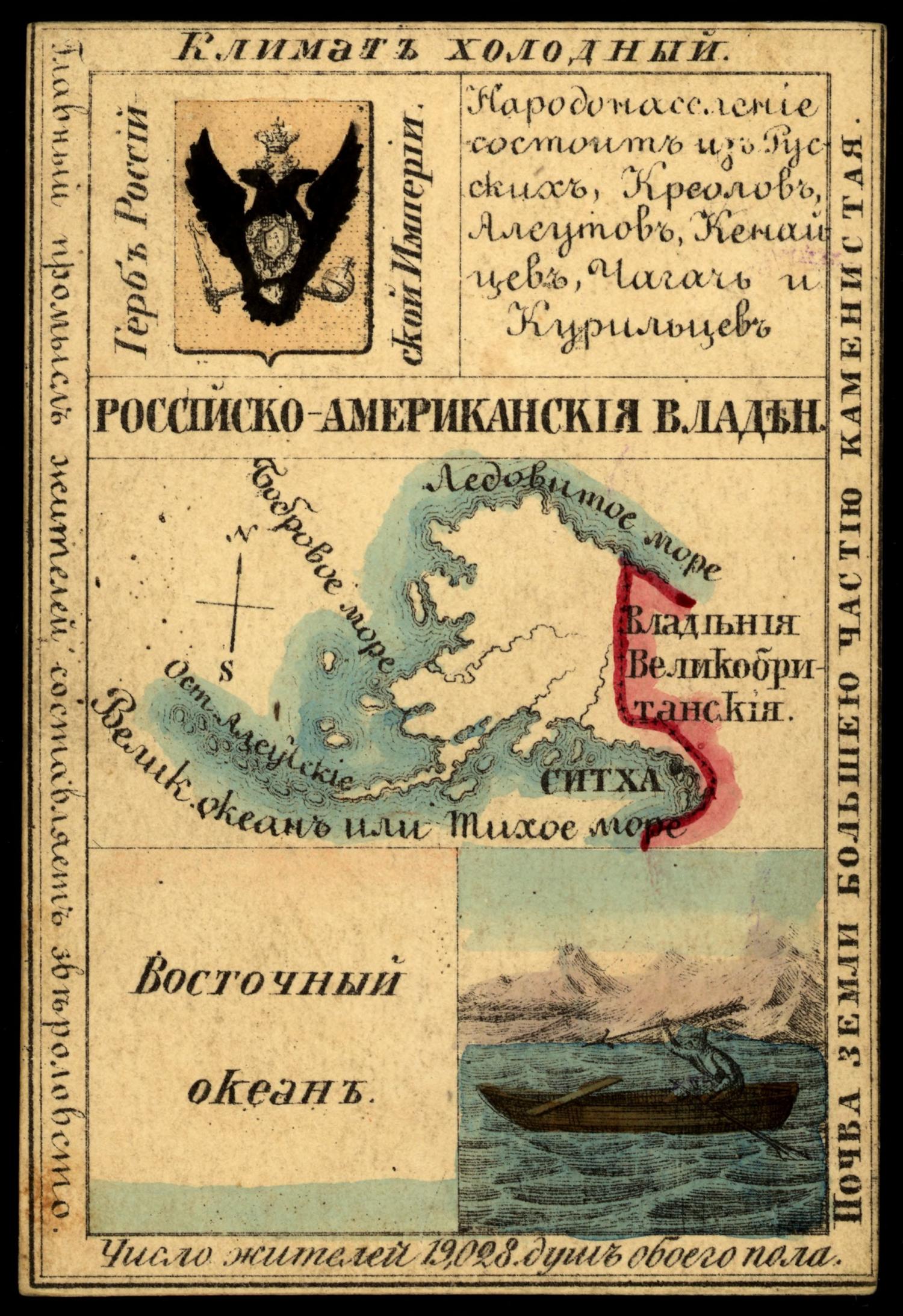U.S. Purchases Alaska
A newly-American Alaska spurs fears of annexation
Date: 1867
In October 1867, when the Dominion of Canada was only a few months old, the United States purchased Alaska from Russia.
The move was inherently provocative. For decades, British North Americans had felt uneasy by their southern neighbour, whose favourite pastime seemed to be acquiring more and more land. While the American Civil War had briefly tampered expansion, the Union — and its military — was once again intact. Acquiring Alaska meant the Colony of British Columbia was now surrounded by American forces on both the north and south. It was a geopolitical challenge — or threat. Many prominent Americans said B.C. would be next. “All the American merchants and public housekeepers hoisted their national flag yesterday in honour of the event,” Governor Seymour wrote at the time. “[T]he English feel somewhat despondent as to their future condition.”
Despite this initial despondency, the purchase of Alaska lit a fire for British colonists. At the time, the dominion only consisted of four eastern provinces: Ontario, Quebec, Nova Scotia, and New Brunswick. The Alaska Purchase ignited enthusiasm for Canadian expansion and spurred British colonists into action. Only four years later, Canada would reach the Pacific with the addition of British Columbia on July 20, 1871.
Sources:
- Ficken, Robert. Unsettled Boundaries: Fraser Gold and the British-American Northwest. Illustrated, Washington State University Press, 2003.
- Mitchell, David Joseph. “The American Purchase of Alaska and Canadian Expansion to the Pacific. -- | Summit.” Summit - Institutional Repository, Simon Fraser University, 1976, summit.sfu.ca/item/3405.





